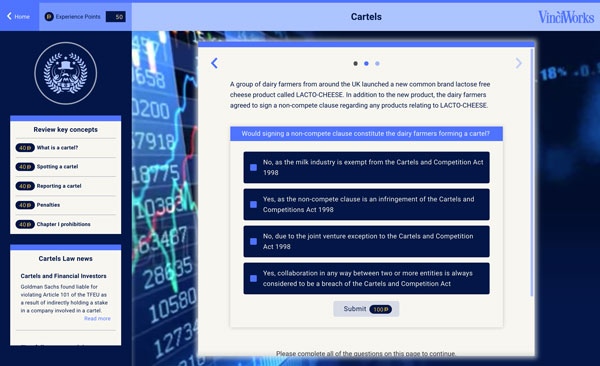Tragic death of a five year old girl

A five year old girl was in the lift at her family’s home and put her head through a damaged vision panel. The lift started moving upwards, trapping her between the lift and the ground floor ceiling. This resulted in fatal neck and back injuries. The tragic event occured because the property management and the elevator service company did not follow the Health and Safety at Work Act.
The property management company and the elevator service company both pleaded guilty to breaching Section 3(1) of the Health and Safety at Work etc Act 1974. The two companies have been sentenced in January 2019. The property management company has been fined £1 million and ordered to pay costs of £40,000, while the elevator service company has been fined £533,000 and ordered to pay costs of £40,000. A third property management company has been ordered to rest on file. This means that there is enough evidence for a case to be made, but it is considered to be of less importance.
HSE inspector Leo Diez said: ‘As a result of their negligence, a wholly avoidable tragedy, under horrific circumstances, has occurred where a five-year-old child has lost her life and a family have been left utterly devastated at the loss of their little girl. Companies should know HSE will not hesitate to take the appropriate enforcement action against those who flout health and safety law.’
Scaffolding company fined 10k after serious injury to worker

A Dorset based scaffolding company employee was working on constructing an access tower and guard rails around the roof on industrial units in Christchurch. As he completed his own work, the worker went to the roof to help his colleagues with the guard rails. He fell five metres down through the skylight injuring his pelvis, wrists, ribs, elbow and arm. This resulted in three weeks of surgeries, ongoing physiotherapy, being registered disabled and unable to work. His wife also had to give up her job to look after him.
The scaffolding company pleaded guilty to breaching Regulation 4(1) of the Work at Height Regulations 2005. They have been fined £10,000 and ordered to pay costs of £3,666.80.
HSE inspector Caroline Penwill said: ‘Falls from height remain one of the most common causes of work related fatalities and injuries in this country and the risks associated with working at height are well known. Mr Norris’s injuries were life changing for both him and his family. He could have easily been killed. This serious incident could have been avoided if the work had been properly planned to reduce risk.’
Death at a waste and recycling company

A worker of a waste and recycling company was walking across the yard of the waste transfer station when he was hit by a reversing refuse collection vehicle. This resulted in an instant death at the scene.
The company did not assess the risk involved in the yard or implement industry recognised control measures to avoid such accidents from happening. The waste and recycling company was found guilty of breaching section 2(1) of the Health and Safety at Work Act 1974, has been fined £1 million and ordered to pay costs of £130,000.
HSE inspector Kevin Golding said: ‘This should be a reminder to all industries, but in particular, the waste industry, to appropriately assess the risks and implement widely recognised control measures to adequately control manoeuvring vehicles, in particular reversing vehicles and restrict pedestrian movements around vehicles.’







